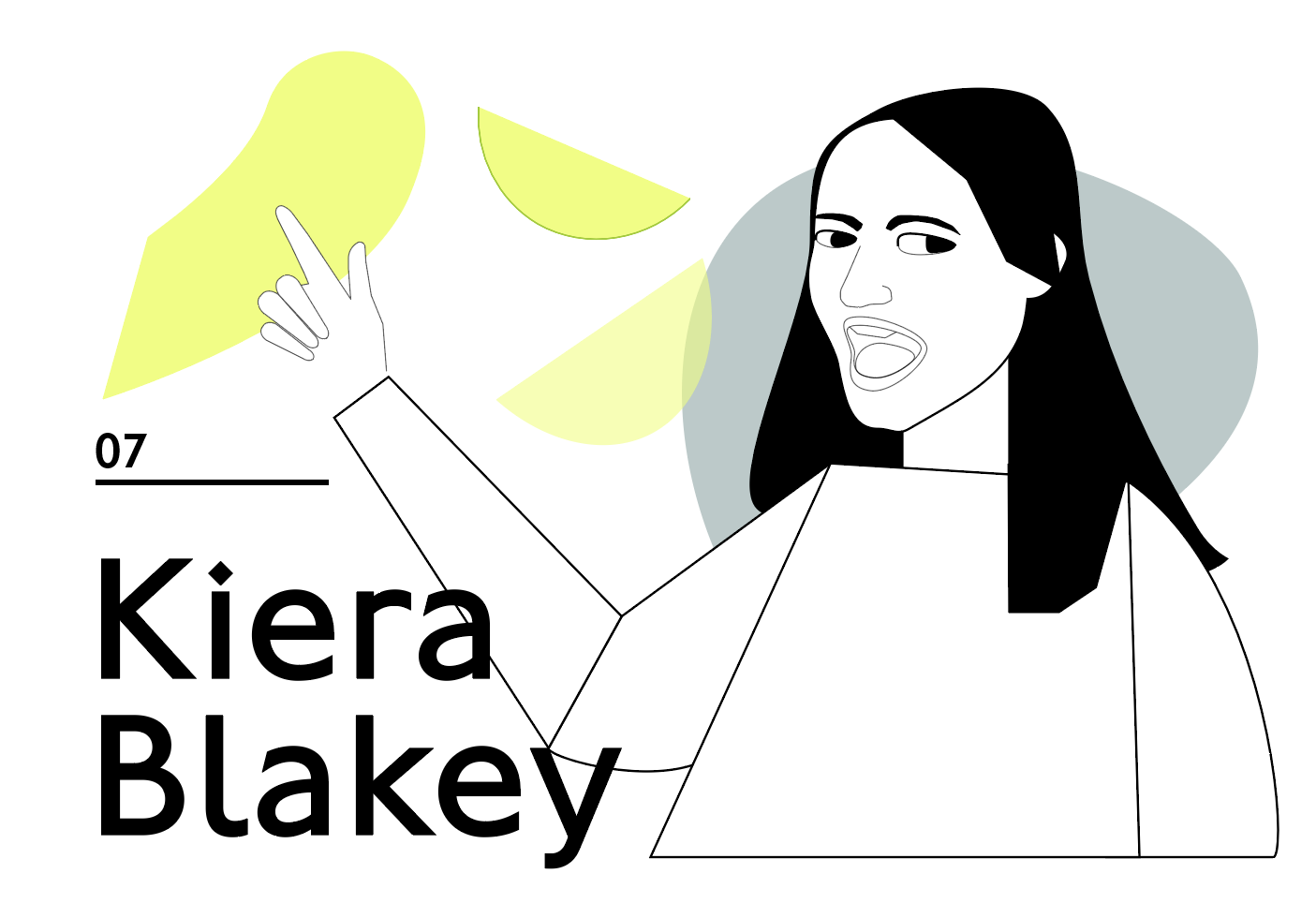
Tell us about your role
I curate the Art on the Underground programme at Transport for London (TfL) which means coming up with the ideas for all the different artworks you see across our network. I work in a small team and together we devise and deliver a series of artist commissions throughout the year. Each year we develop a new umbrella concept for the artists to respond as a way to critically engage with the world around us. In 2018 we celebrated women’s right to vote and last year the notion of belonging. The scope of projects are extremely broad – you might have seen Assemble and Matthew Raw’s café at Seven Sisters station, a permanent artwork come functioning space, clad in over one thousand handmade tiles. The tiles were made with the local community as a means of connecting people to place. At the other end of the spectrum are the Tube map cover artworks, tiny in scale but monumental in output as they are distributed in their millions throughout the city. Our city is wonderful in its diversity and we try to reflect that in the scope and range of artworks we commission.
A curator’s job is in many ways a mouthpiece, a translator of sorts for artists’ ideas. There is a huge sense of responsibility to serving the artist and their work and also the community in which the work is shown. The curator must know the history of each artist, and the larger history, to provide context. I’ve worked my whole career in art galleries and museums and feel a huge sense of responsibility and pride that I get to instigate debate, joy and community through the medium of contemporary art.
Why is your role important to TfL?
Public art can provoke discussion about the most pressing current issues and recent events have amplified the importance of representation in the public realm. A core part of Transport for London’s mission is to make life in the city better. Art on the Underground has the unique opportunity to enact this and make our public spaces inclusive environments. The programme has long championed temporary public art commissions as a means to reflect the changing nature of public life. This approach follows a rich and radical history at London Underground of commissioning leading artists, designers and architects that dates back to the early 20th century, putting people and community at the centre in the long-held belief that everyone should have access to art and design. Our commissions can ask honest and challenging questions about who our public spaces are for, who gets represented and who gets to decide which couldn’t be more necessary.

A curator’s job is in many ways a mouthpiece, a translator of sorts for artists’ ideas. There is a huge sense of responsibility to serving the artist and their work and also the community in which the work is shown.
What’s your favourite thing about what you do?
I get to work on hugely varied projects so I never get bored. I’m always meeting really interesting people both within TFL but also externally. The incredible stories, histories and moments I’ve been privy to will stay with me forever and I can’t imagine another job that feels so important and is so enriching.
What’s one thing you would like our customers to know about TfL?
That London Underground has an incredible art and design programme both past and present that’s coveted the world over. It’s often described as the only truly British equivalence to the Bahaus and it’s right out there free for us all to enjoy!
——-
How Digital works with Art on the Underground
We’ve been working with Art on the Underground most recently to bring the work the team does into our new App. Check out the splash screen when you open TfL Go. Available on the iOS App store, coming to Android in the Autumn.
